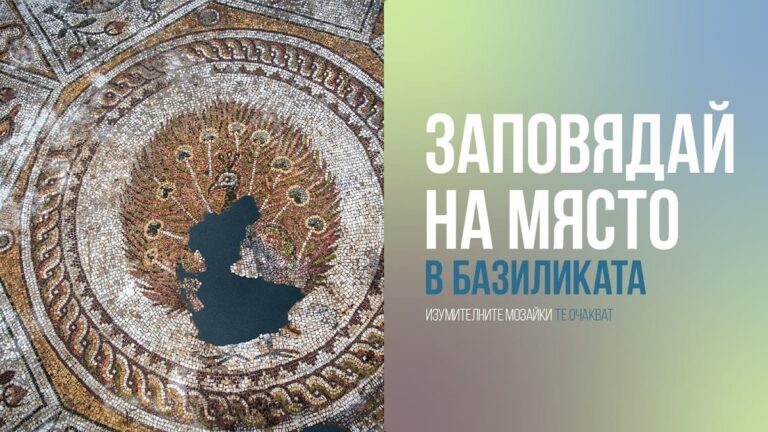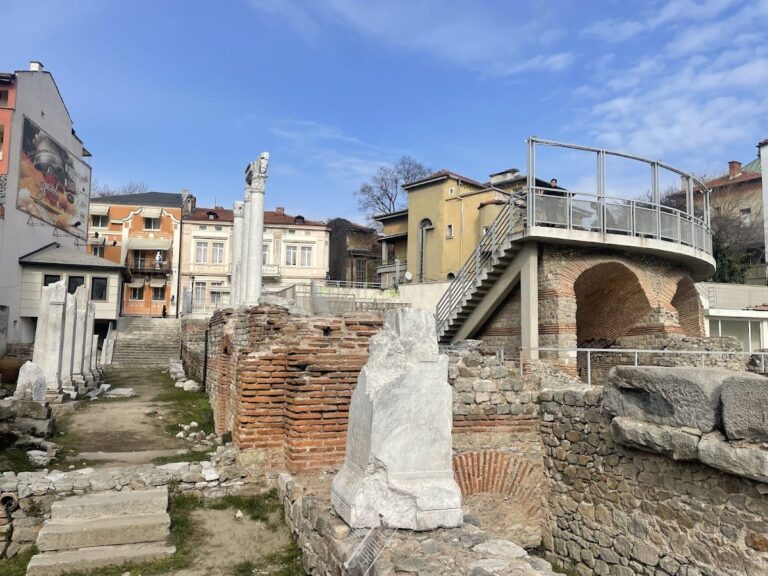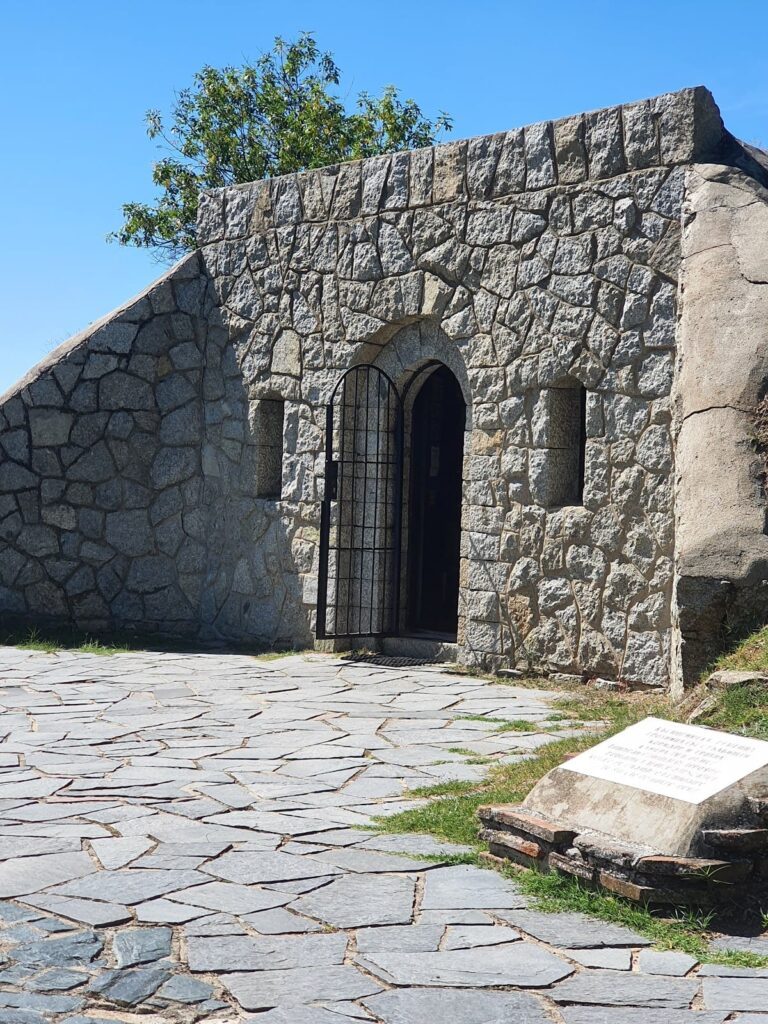Small Basilica of Philippopolis: An Early Christian Site in Plovdiv, Bulgaria
Visitor Information
Google Rating: 4.7
Popularity: Medium
Google Maps: View on Google Maps
Official Website: www.oldplovdiv.bg
Country: Bulgaria
Civilization: Byzantine
Remains: Religious
History
The Small Basilica of Philippopolis was built in the second half of the 5th century AD on the eastern outskirts of the ancient city of Philippopolis, now modern Plovdiv, Bulgaria. It stood near the city’s outer fortification wall, close to the eastern necropolis and the martyrion dedicated to the 37 Philippopolis martyrs. The basilica was constructed by the local Christian community during the late Roman period, reflecting the spread of Christianity in the region.
The basilica was dedicated to Flavius Basiliscus, a military commander of the province of Thrace who lived in Philippopolis. Basiliscus earned respect for suppressing a Gothic rebellion in 471 AD. A six-line inscription praising him was embedded in the mosaic floor before the altar. In 475 AD, Basiliscus briefly became emperor but was deposed after 20 months by his predecessor Zeno. Following his fall, Zeno ordered the erasure of Basiliscus’s memory, leading to the removal of the first lines of the dedicatory inscription in the basilica.
Shortly after this political upheaval, the basilica suffered a destructive fire that collapsed its wooden roof and tiles. It was rebuilt on the same footprint but with the floor raised by about 0.70 meters. During this reconstruction, a baptistery was added to the northern nave. The basilica continued to serve the Christian community until the late 6th century AD, after which it was abandoned along with many other buildings in the city plain. Over time, local residents used the ruins as a source of building materials.
Archaeological excavations began in 1988-1989 during nearby residential construction, led by Mina Bospachieva. She named the site the Small Basilica due to its proximity to two larger basilicas. The site was partially conserved, with mosaics either removed or preserved in place. In 1995, the basilica and adjacent ancient fortifications were declared a national monument of culture. A major restoration project started in 2010, supported by Bulgarian and international organizations, and the basilica reopened to the public in 2014.
Remains
The Small Basilica is a three-nave early Christian church measuring approximately 20 meters long and 13 meters wide. It features one apse at the eastern end and a narthex, or entrance vestibule, on the west. The interior was divided by a marble colonnade separating the central nave from the side aisles. Marble elements included an altar screen, a pulpit called an ambo, and a synthronon, which is tiered seating for clergy located in the altar apse.
The floors are richly decorated with colorful mosaics displaying geometric patterns such as triangles, circles, rhombuses, and meanders shaped like swastikas. These mosaics also include rosettes symbolizing paradise and Christ’s blood, and Solomon’s knots representing the strength of true faith. The mosaics are considered among the finest examples of the Philippopolis mosaic school.
A small chapel was built against the southern end of the basilica. The northern nave was extended with a baptistery featuring a square plan and a cruciform baptismal pool. The baptistery mosaics depict Christian symbols including deer and pigeons, which carry symbolic meanings in early Christian art.
After the fire and reconstruction, the basilica’s floor was raised by about 0.70 meters and replaced with brick. The layout of the narthex, altar screen, and pulpit was altered during this phase. Adjacent to the basilica are remains of an ancient fortification wall and a tower dating from the 2nd to 4th centuries AD.
Restoration work included removing old conservation layers, filling missing mosaic fragments with stone or ceramic tesserae, and reinforcing mosaics with epoxy resin and metal supports. A protective glass floor now covers the mosaics. The site is equipped with modern climate control and lighting to preserve the remains. The surrounding area has been developed into a small urban park that integrates parts of the ancient city wall, a tower, a Roman street, and a courtyard of a private house.










